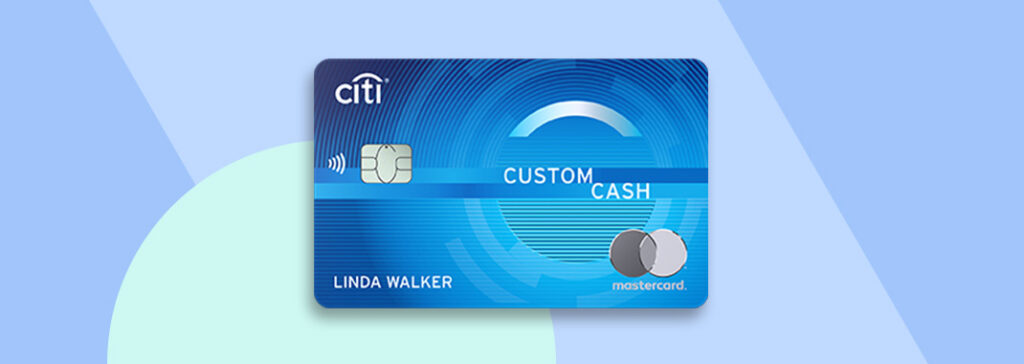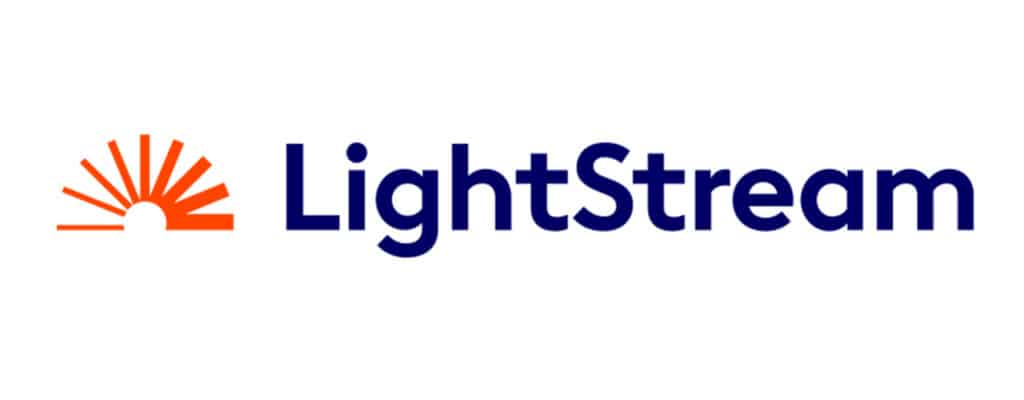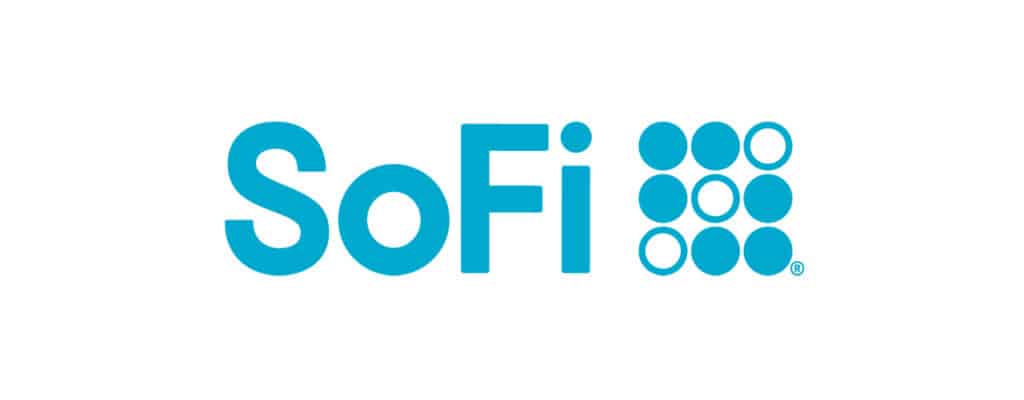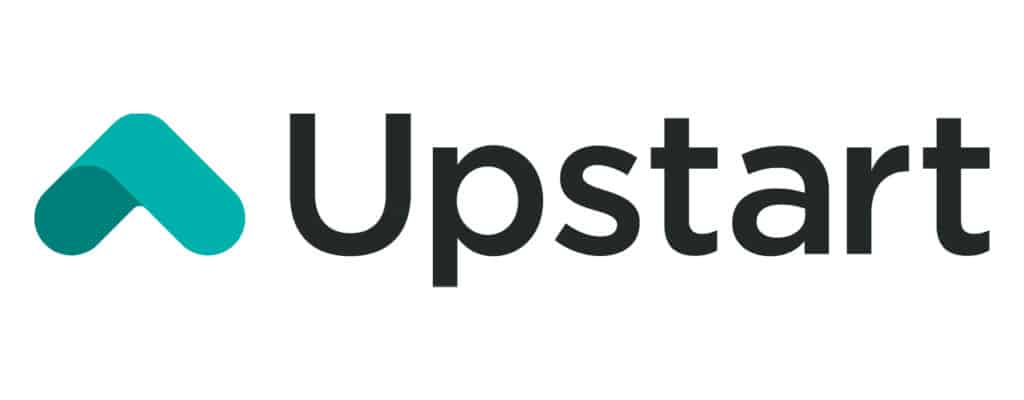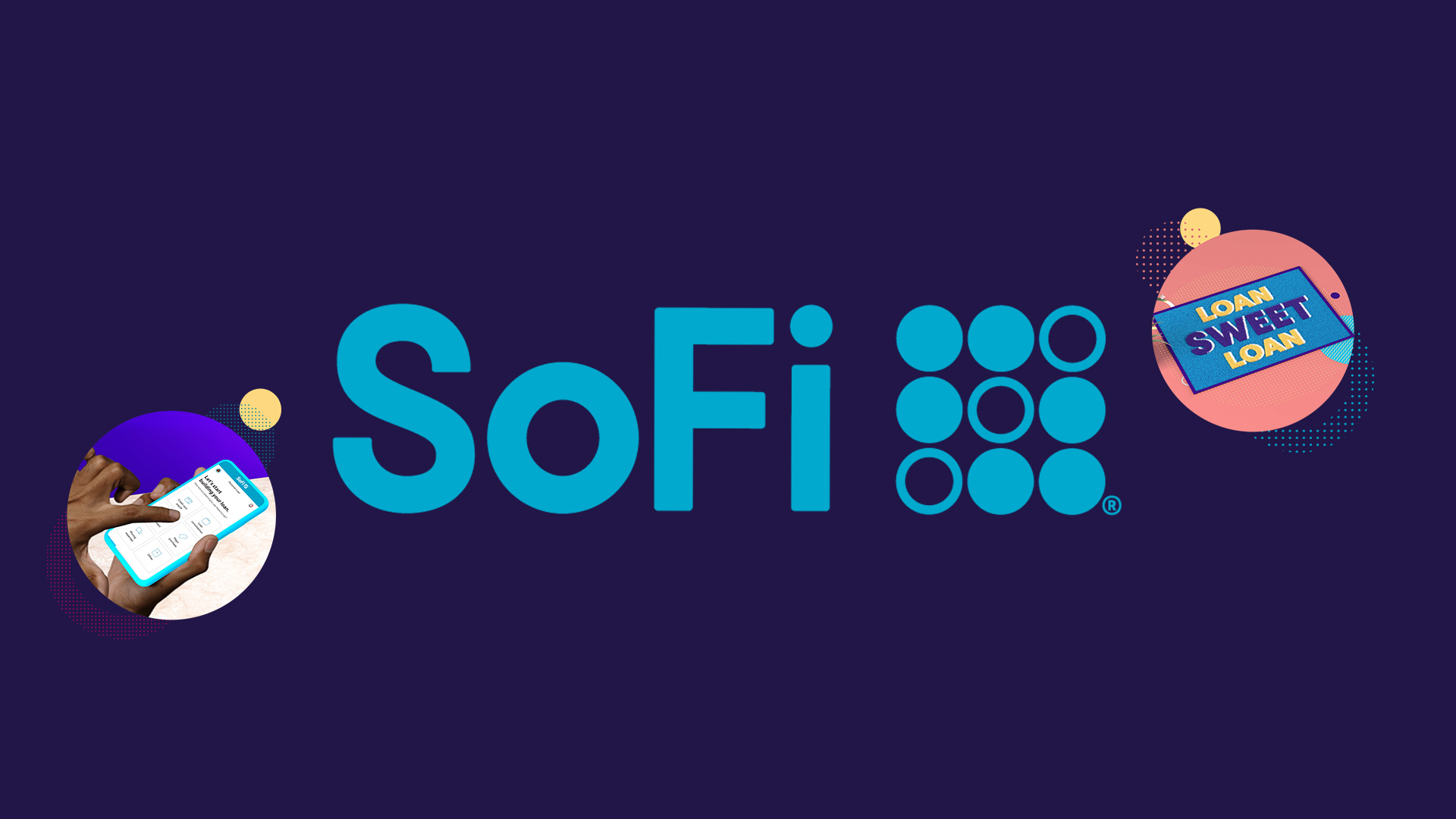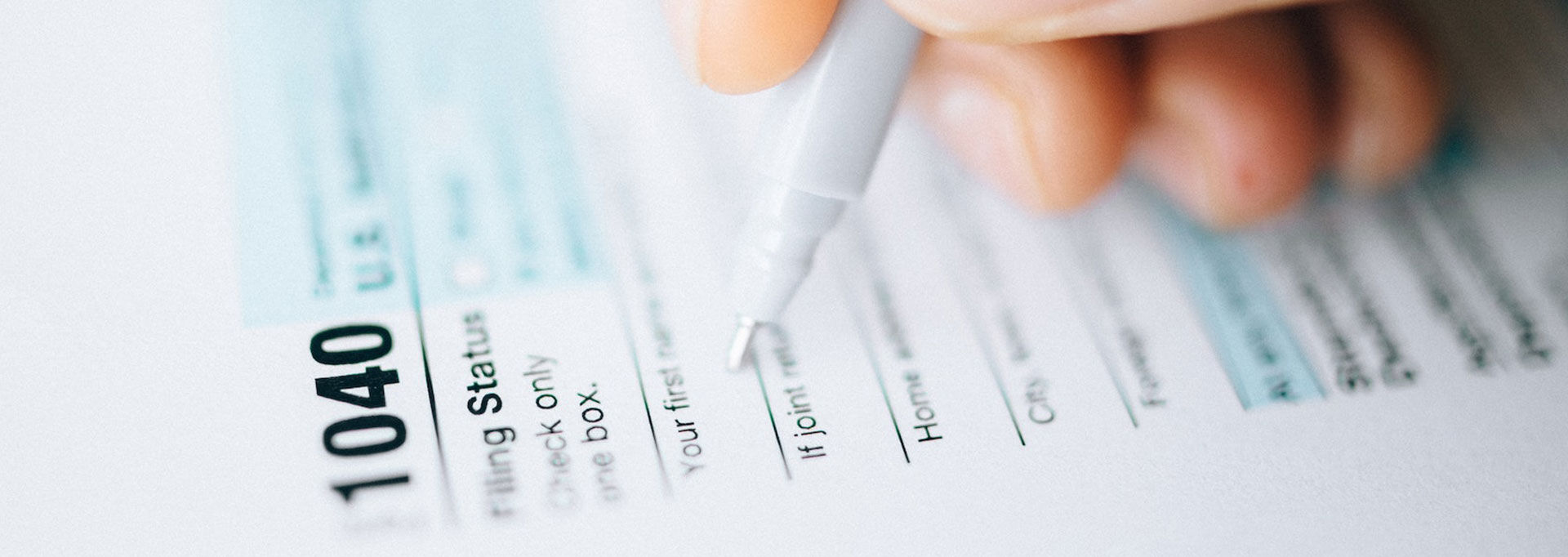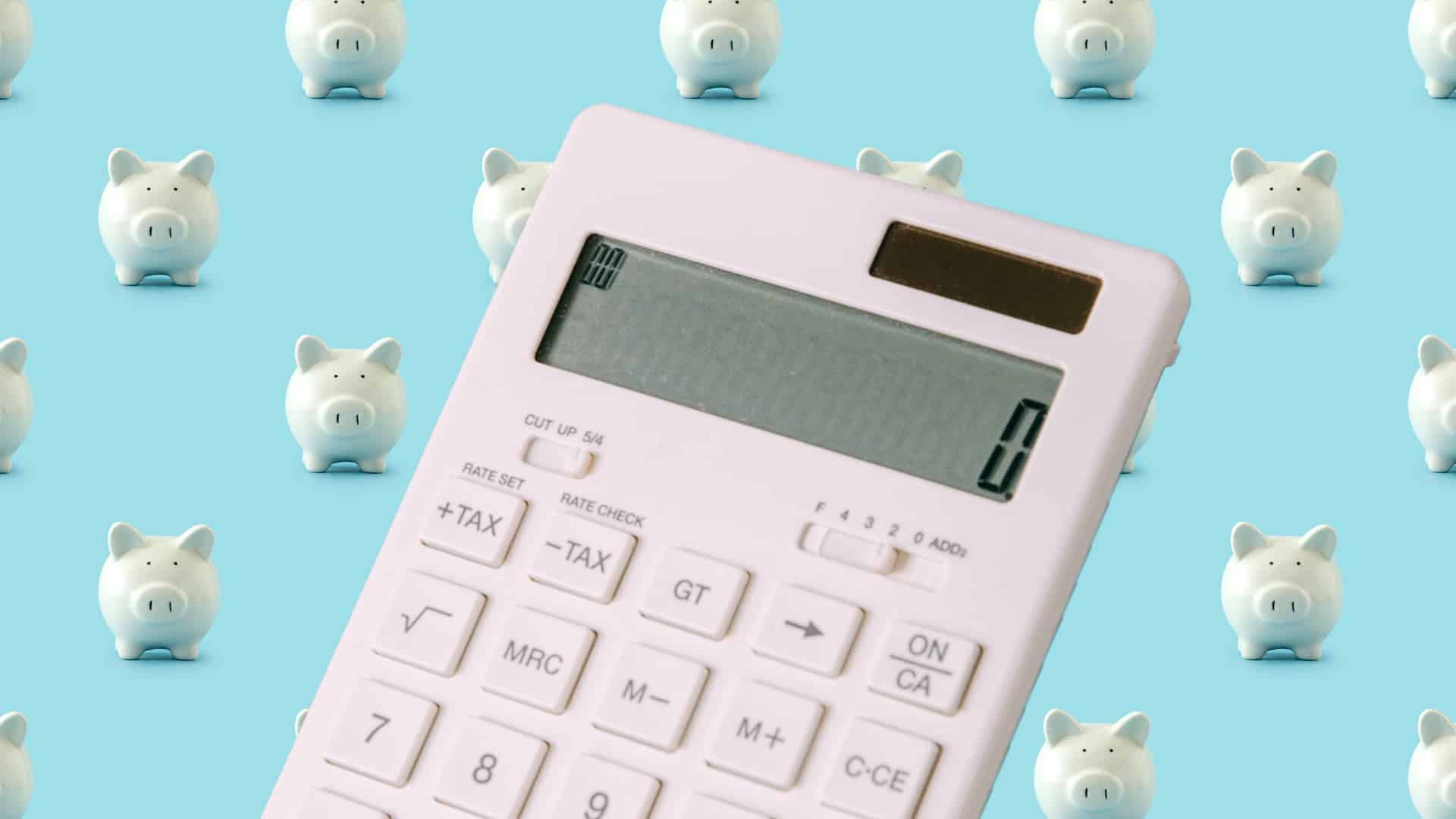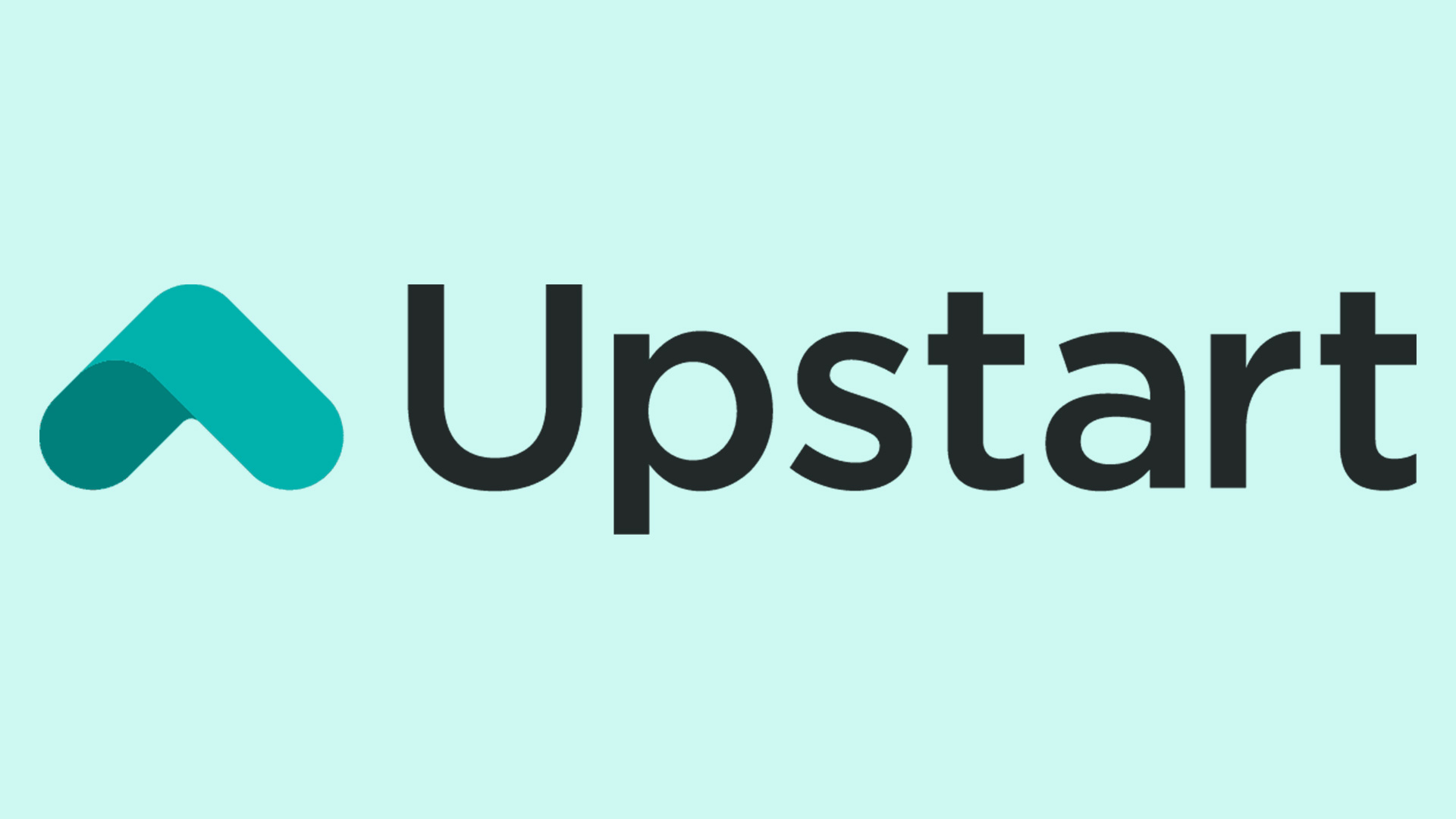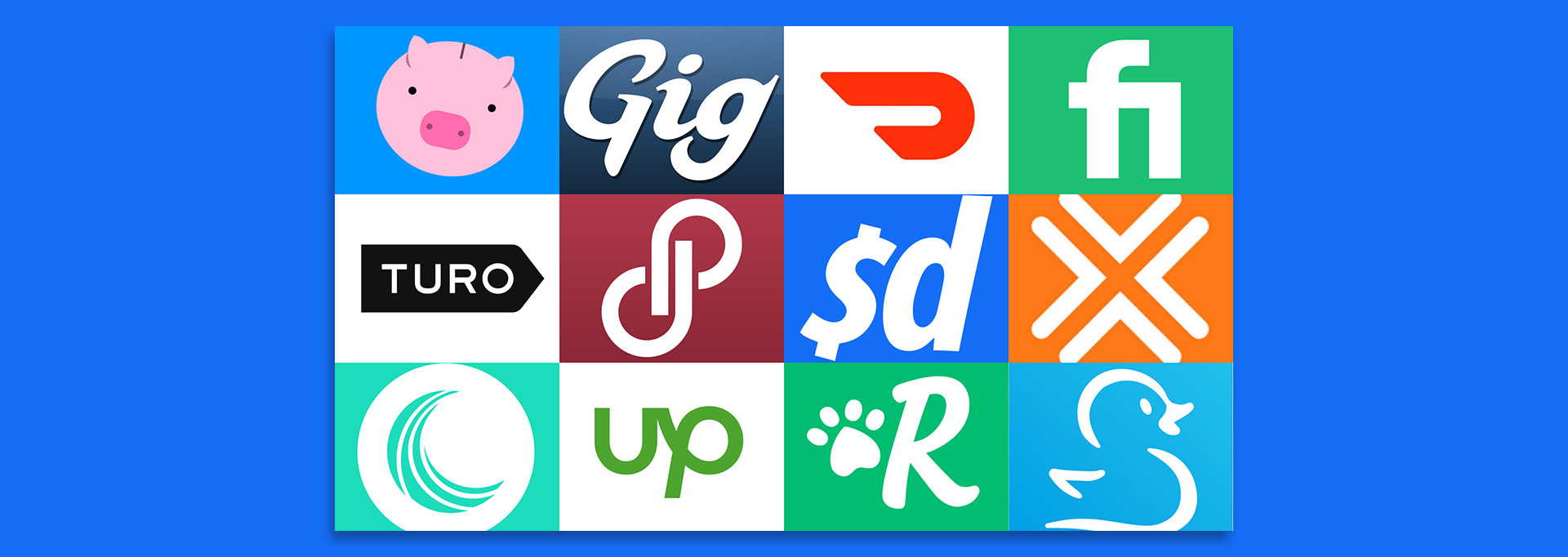Most products on this page are from partners who may compensate us. This may influence which products we write about and where and how they appear on the page. However, opinions expressed here are the author's alone, not those of any bank, credit card issuer, airline or hotel chain.
According to recent data, the gig economy in our country is growing about three times faster than the overall U.S. workforce. More than 57.3 million adults earn money through a gig economy job, with over 15.8 million of those working gigs on a full-time basis. These jobs often include rideshare driving for companies like Uber, DoorDash or Lyft, as well as food delivery services such as Postmates, Grubhub and more.
As prevalent as gig economy jobs may now be, they can still create an unexpected hurdle if you ever find yourself in the market for a personal loan. Here’s what to expect if you need to borrow money to finance large expenses such as a wedding, medical bills or home repairs but earn income through a full- or part-time gig.
Can Rideshare Drivers Qualify for Personal Loans?
Regardless of why you might find yourself needing a personal loan, the big question you may have is whether or not you can get one in the first place as a rideshare driver.
Put simply: yes. Rideshare drivers and other gig economy workers can apply and get personal loans when they need them. However, you will still need to qualify for the loans by a lender, which is where being a rideshare driver or other gig worker can sometimes create a problem.
Drivers who do not have a steady income source and have poor credit may find it challenging to get approval for an installment loan. But there are lenders who may be willing to work with you, and there are even some lenders that specialize in bad credit loans (but these are usually offered at high rates).
Why Gig Workers Might Need a Loan
Whether you earn money as a gig worker or through a salaried job, there are many reasons why you might need a loan. Loans can help cover unexpected expenses, such as medical bills or the cost to replace a broken roof over your home. Loans can also make it easier to manage large bills, like paying for your child’s wedding or covering a family vacation.
As a gig employee, though, there are a few specific reasons you might need a loan.
1. Become an Uber or DoorDash Driver

Rideshare driving is a popular form of gig work today, giving drivers the flexibility to work around another full-time job or their family’s schedule. But depending on your situation, you might need a financial boost in order to get started as an Uber, DoorDash or Lyft driver.
You can use a loan to:
- Purchase a new car. Most rideshare companies require you to have a four-door vehicle of a certain age before you can begin driving passengers. If you have an older car or drive a coupe, you’ll need to trade it in for something new before you can start driving for one of these companies. Before taking out a personal loan, compare the rates with an auto loan to see which option offers better rates for you.
- Repair your current car. To drive for a well-known rideshare company, your car will generally need to be in good working condition and free of cosmetic damage. This might mean using a loan to buff out scratches, repair that dented bumper, make sure your A/C is in good condition or finally get that transmission fixed. If you're in need of a loan for car repairs, check out our roundup of the best auto repair loans.
- Upgrade an existing vehicle. Even if you meet the rideshare company’s requirements, you could still use a loan to cover some upgrades. Take your car in for a full detail before accepting new passengers. Many drivers also add seat covers, all-weather floor mats and entertainment screens. These can serve not only to protect the car from the daily wear and tear of passengers but also boost your ratings.
- Buy new auto insurance coverage. Most rideshare companies offer insurance coverage to drivers while driving a passenger. However, your day-to-day auto insurance company may not cover you when you’re off the clock — or might require a separate policy rider — if they find out you’re using the car for rideshare purposes. Therefore, it’s important to call and see how much adding this coverage (or changing to a new insurance carrier) would cost.

5 Best Loans for Auto Repair Financing
2. Cover Living Expenses
The gig economy gives workers freedom, flexibility and the potential for limitless income. But it also introduces new expenses and instability you might not have considered.
A loan can be used to pay for things like:
- Health insurance if you no longer have coverage through a full-time employer.
- Monthly bills and rent, especially if you’re just starting out with your new gig and aren’t earning enough yet. Those who are unemployed may still qualify for a personal loan if they can meet certain criteria.
- Increased costs for things like auto insurance and gas.
You may also choose to use a personal loan rather than dipping into your emergency fund savings. No industry is immune to slowdowns, especially when working for yourself. Extra cash can help you get through seasonal slumps or cover expenses if you’re ill or injured.
3. Pay for Vehicle Maintenance
If your job involves driving around all day, you can expect that your vehicle’s maintenance costs will likely go up. More frequent oil changes, tire rotations, air filter changes and even car washes can add up quickly. Over time, you could also encounter bigger expenses, like replacing worn belts or servicing your engine as parts begin to fail at a higher mileage.
Best Loans for Uber, Lyft or DoorDash Drivers
- Best for No Fees: LightStream
- Best for Good Credit: SoFi
- Best for Bad Credit: Upgrade
- Best for Limited Credit: Upstart
Best for No Fees: LightStream
LightStream
- Loan Amounts$5,000 – $100,000
- Loan Terms24 – 144 months
- APR Range7.49% – 25.49% (with autopay)
- Minimum
Credit Score660 or aboveA credit score is used to indicate the creditworthiness of an applicant, but it is only one of several factors considered for approval. These credit scores alone are not guarantees for approval and should only be used as guidelines.
LightStream is a solid online lender offering no fees, high loan maximums and low-rate personal loans for several purposes.
Overview
LightStream offers personal loans for several purposes, including debt consolidation, medical expenses, home improvement, weddings, car purchases and more, making this worth considering for those seeking flexibility. The lender offers relatively low rates compared to competitors, including autopay discounts. Its personal loans also have no origination fees or late fees, which can help keep borrowing costs low. However, borrowers will likely need to have good-to-excellent credit in order to be approved for a LightStream personal loan. Overall, it’s a good lender to add to your shortlist if you’re looking for flexible funding, no fees and a low APR. Lightstream may also disburse loans as soon as the same day you’re approved, making this lender a worthy choice if you need fast funding.
Read the reviewPros
- Low minimum APR
- No origination fees, no late fees
- High loan maximum of $100,000
- Autopay discount
- Joint applications allowed
Cons
- Rates and terms vary by loan purpose
- No soft pull prequalification
- Must have good-to-excellent credit
- No physical branches
Best for Good Credit: SoFi
SoFi Personal Loans
- Loan Amounts$5,000 – $100,000
- Loan Terms24 – 84 months
- APR Range8.99% – 29.49%
- Minimum
Credit Score680 or aboveA credit score is used to indicate the creditworthiness of an applicant, but it is only one of several factors considered for approval. These credit scores alone are not guarantees for approval and should only be used as guidelines.
SoFi's personal loan offering comes with no fees required and a high loan maximum that may be a good fit for those seeking large loans.
Overview
SoFi offers a competitive personal loan product that boasts no origination fees, no late fees, and a high maximum loan amount of $100,000. SoFi is one of only a handful of lenders offering loans as large as $100,000. If you need a substantial loan to cover a considerable expense, like a home renovation, SoFi’s high maximum can be a strong option. One standout feature of SoFi is that it offers unemployment protection, which might allow you to pause payments if you lose your job. Same-day funding is also available for qualified borrowers
Read the reviewPros
- No origination fees, no prepayment penalties and no late fees
- Loans up to $100,000
- Unemployment protection available
- Autopay rate discounts
- Co-borrower allowed
- Same-day funding available
Cons
- No physical branches
- High minimum loan amount
- Good credit likely required
Best for Bad Credit: Upgrade
Upgrade
- Loan Amounts$1,000 – $50,000
- Loan Terms24 – 84 months
- APR Range8.49% - 35.99%
- Minimum
Credit Score560 or aboveA credit score is used to indicate the creditworthiness of an applicant, but it is only one of several factors considered for approval. These credit scores alone are not guarantees for approval and should only be used as guidelines.
Borrowers with less-than-stellar credit profiles may find Upgrade personal loans accessible, and its quick funding and flexible payment due dates convenient.
Overview
Upgrade offers personal loans that are accessible to those with not-so-ideal credit scores. The low loan minimum of $1,000 also makes it an easy choice for those with small financing needs. However, borrowers in certain states will be subject to higher minimum loan amounts. With this lender, you can expect to pay an origination fee. Borrowers can view their rate before applying without impacting their credit score. Overall, Upgrade is worth considering if you’re looking for a lender that is willing to work with lower credit scores and offers loans with competitive rates and flexible terms.
Read the reviewPros
- Accessible to borrowers with bad credit
- Flexible loan terms
- Joint applications allowed
- Secured loan options
- Direct payment to creditors
Cons
- Has origination fees
- No physical branches
- Higher APRs than some competitors
Best for Limited Credit: Upstart
Upstart
- Loan Amounts$1,000 – $50,000
- Loan Terms36 or 60 months
- APR Range7.8% - 35.99%
- Minimum
Credit Score300 or aboveA credit score is used to indicate the creditworthiness of an applicant, but it is only one of several factors considered for approval. These credit scores alone are not guarantees for approval and should only be used as guidelines.
Using artificial intelligence to help evaluate borrowers, Upstart is a unique lending platform that looks beyond your credit score for personal loan approval.
Overview
Upstart is a first-of-its-kind online lending platform that uses artificial intelligence to help make smarter lending decisions. This means the company considers factors beyond a borrower’s credit score to help determine creditworthiness. Upstart indicates its model has resulted in 43% lower rates for borrowers than traditional credit score models.
Beyond your credit score, Upstart will also look at your employment history, income and level of education when deciding whether to approve you for a loan. The company states that borrowers with credit scores as low as 300 might be able to get approved for a personal loan, though that loan may come with a relatively high APR.
Upstart’s rates are fairly competitive and loan funds are disbursed as soon as one business day after approval. This lender charges origination fees, so it’s important to read the fine print before applying.
Read the reviewPros
- Considers factors beyond your credit score in lending decisions
- Loans up to $50,000
- Fast funding time
- Check rate without affecting credit score
- Low minimum credit score requirement
Cons
- No physical locations
- Limited repayment terms
- Has origination fees
- High maximum APR
- Not available in Iowa or West Virginia
Eligibility Requirements for a Personal Loan
Before being approved for a loan, borrowers need to qualify for the loan based on each lender’s eligibility requirements. These requirements can not only vary from one lender to the next, but they may also depend on how much you need to borrow and how long you want your repayment term to be.
You must meet income and credit score requirements to qualify for a loan. While your credit history doesn’t tie into your occupation, your proof of income does. Many lenders request recent pay stubs, W-2s and past tax returns. If you are new to the gig economy or your income fluctuates, you could have trouble getting approved.
 Related Article
Related Article
How to Prequalify for a Personal Loan, and Why It Can Be a Good Idea
Types of Loans for Uber Drivers, DoorDash Drivers and Gig Workers

There are a few types of loans to consider if you need cash and are an Uber driver, DoorDash driver or other gig economy worker. The right loans for gig workers like you may depend on how much you earn and how much you want to borrow, as well as your current credit score.
1. Unsecured Personal Loans
An unsecured personal loan is a financial product offered by banks, credit unions or other financial institutions. It does not require collateral, or an asset that is held to secure the loan. Because of this, unsecured loans may have stricter eligibility requirements for borrowers.
You can use an unsecured personal loan for nearly any purpose (excluding paying for college, gambling or participating in illegal activities). This means you can use personal loan funds to upgrade your vehicle, cover household expenses or even maintain your car as needed.
Personal loan APR rates are generally lower compared to credit cards, but some loans charge an origination fee along with other fees, so make sure to factor this into the overall cost of the loan.
2. Secured Loans
A secured loan is a loan that does require collateral. This collateral can be a vehicle title, savings account, real estate or other asset you’re willing to use to secure the debt.
Since a valuable asset backs these loans, they usually have more flexible requirements and may be accessible to borrowers with lower credit scores or limited income history. However, if you default on this loan, the lender has the right to seize your collateral asset, so be sure to keep that in mind.
3. Credit Cards
If you find yourself in a pinch or needing to cover smaller expenses, one alternative to Uber driver loans or other personal loan products could be simply using a credit card.
Credit cards offer many benefits, especially compared to personal loans:
- You can apply for a credit card at any time, even just to keep as a safety net. If you don’t spend any money, it won’t cost you anything to just carry the card (make sure it doesn’t have an annual fee).
- You’ll build your credit history each month that you make on-time payments and keep your debt balance low.
- Many credit cards offer rewards in the form of cash back, miles or points. Every dollar you spend has the potential to earn you these points, which can be redeemed for cash, gift cards or even travel.
- Some cards offer an introductory 0% APR offer. These offers can allow you to make a large purchase or even pay off an existing debt without paying any new interest charges.
Here Are the Best Balance Transfer Cards
Visit the Marketplace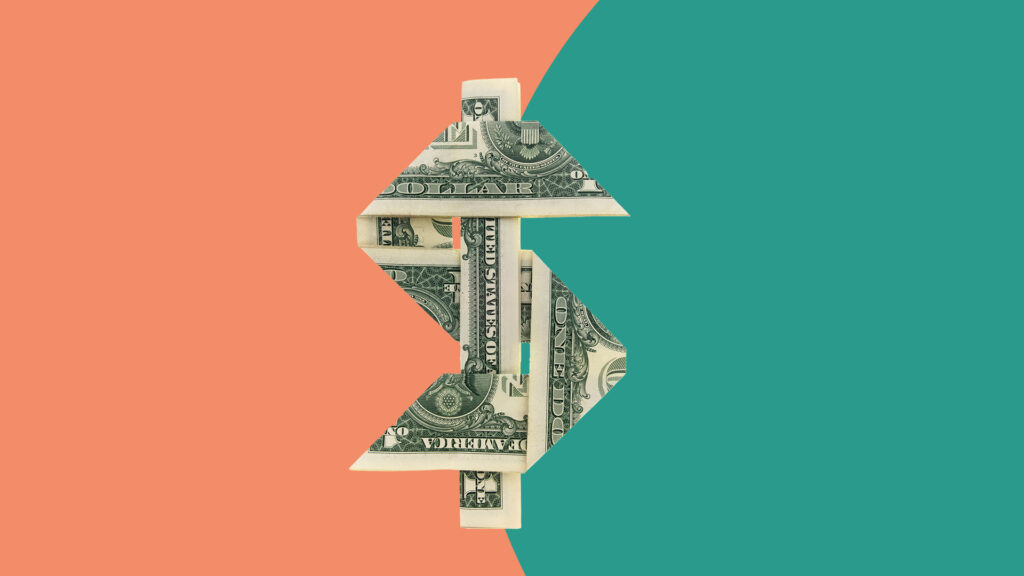
Your existing credit card might also offer cash advances. These let you withdraw cash against your card’s credit limit, effectively giving you an on-demand personal loan without needing to apply and wait for approval. Just know that cash advances might be subject to additional fees and can even have higher interest rates than your purchases.
FAQs
-
Once upon a time, Uber offered a lease program to new drivers, essentially giving them a way to buy a vehicle even with bad or no credit. Unfortunately, that program has been long-since discontinued, leaving drivers with no direct loan options from rideshare or delivery companies.
-
Personal loans are available to delivery and rideshare drivers even if they have bad credit (or no credit history at all). Just expect the process to be a bit more complicated and to be offered less competitive rates and terms.
Gig workers have the option to take out secured loans if they have an asset to put up as collateral. Depending on the lender, accepted forms of collateral could include vehicles, real estate, savings or investment accounts and more. If you have bad credit but already have a credit card, you may be able to take advantage of a cash advance option if you need money fast—but you will likely get hit with fees and possibly higher interest than a credit card.
-
The interest rate you’re offered on any loan depends on certain factors. These include:
- Your credit history and credit score
- Your income
- How much you’re asking to borrow
- The loan term you choose (how long you want to repay the loan)
- Whether the debt is secured or unsecured
- The lender itself
Some lenders offer loans with 0% interest, while others can charge rates well into the 30% or higher range. The lower the APR you can lock in, the less your rideshare or delivery driver loan will cost you.
-
Yes, DoorDash and other rideshare drivers can qualify and apply for a personal loan. Your eligibility will be based on your credit history, income, and other factors. If you have poor credit or lack steady income, you may have a hard time finding a lender that will approve you for a loan.
